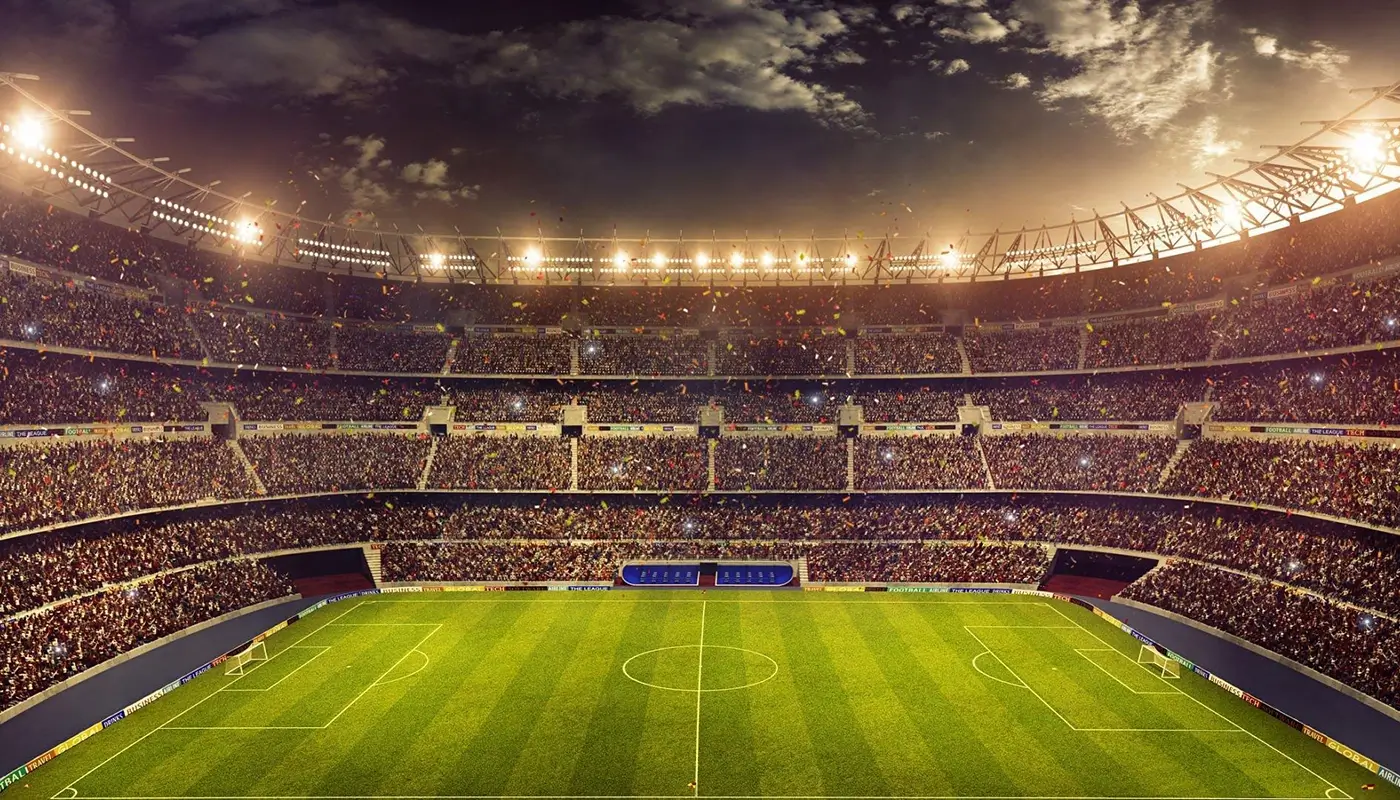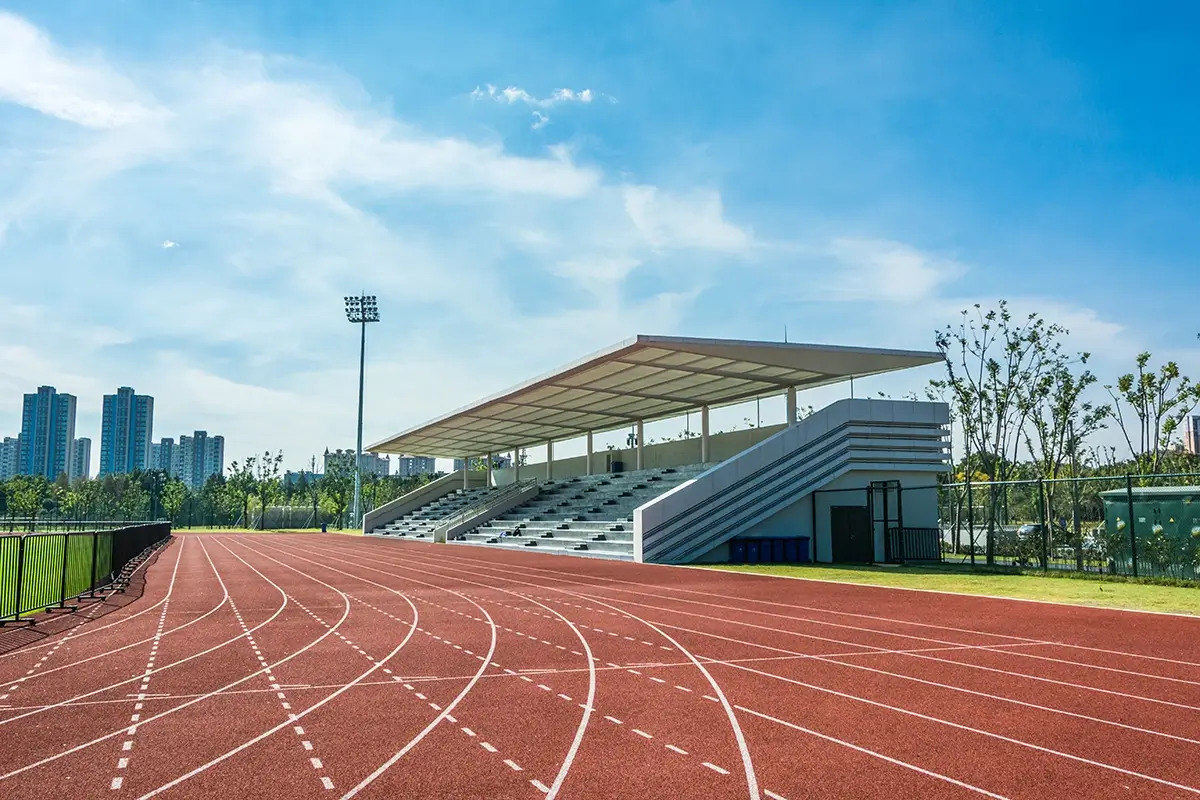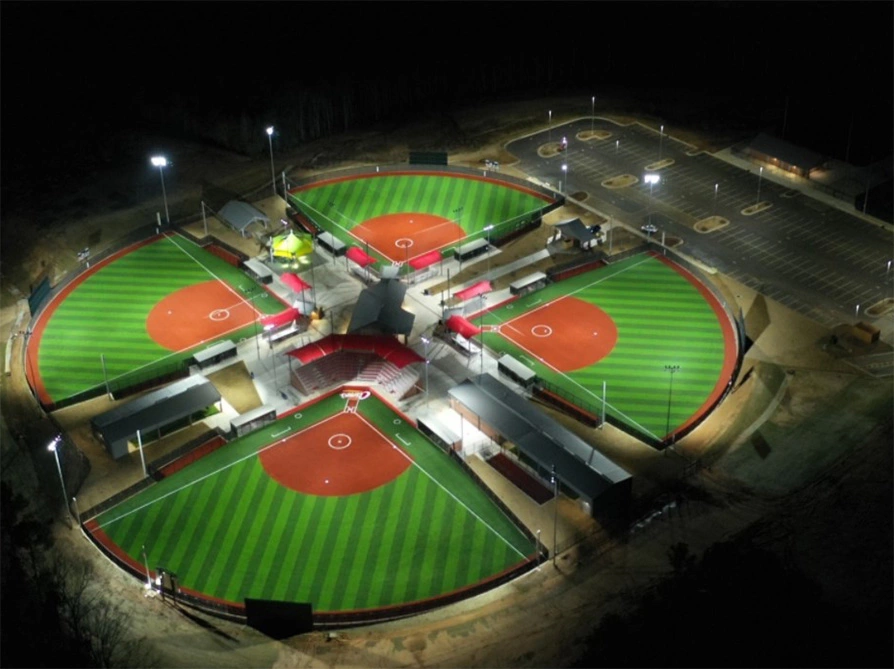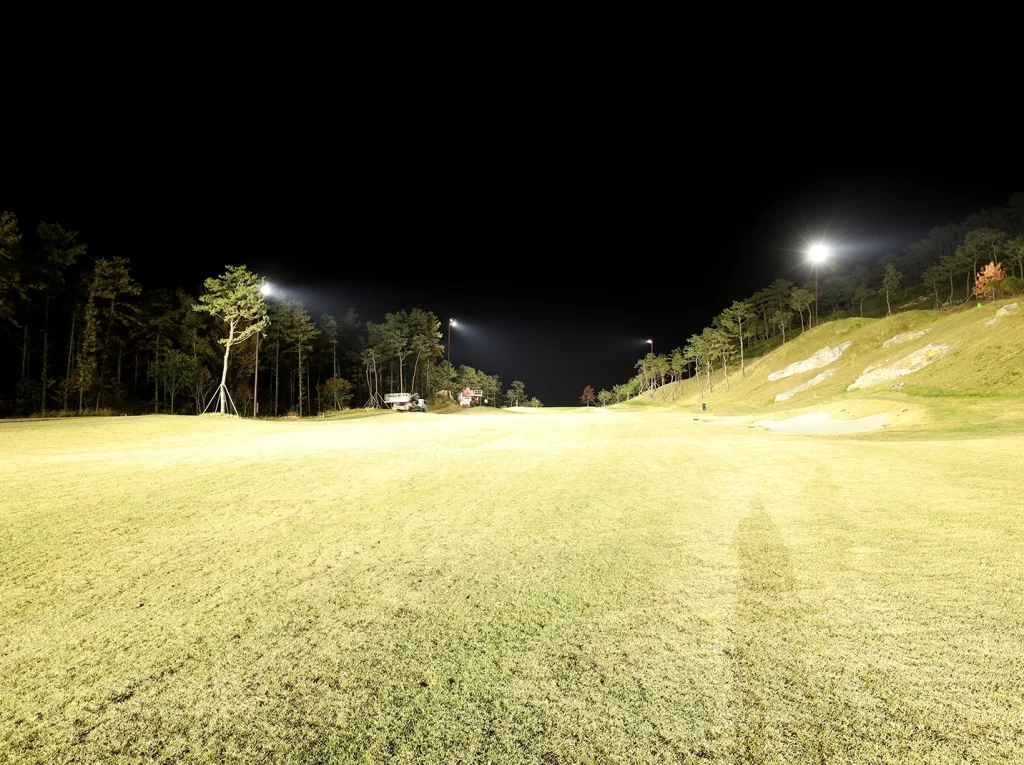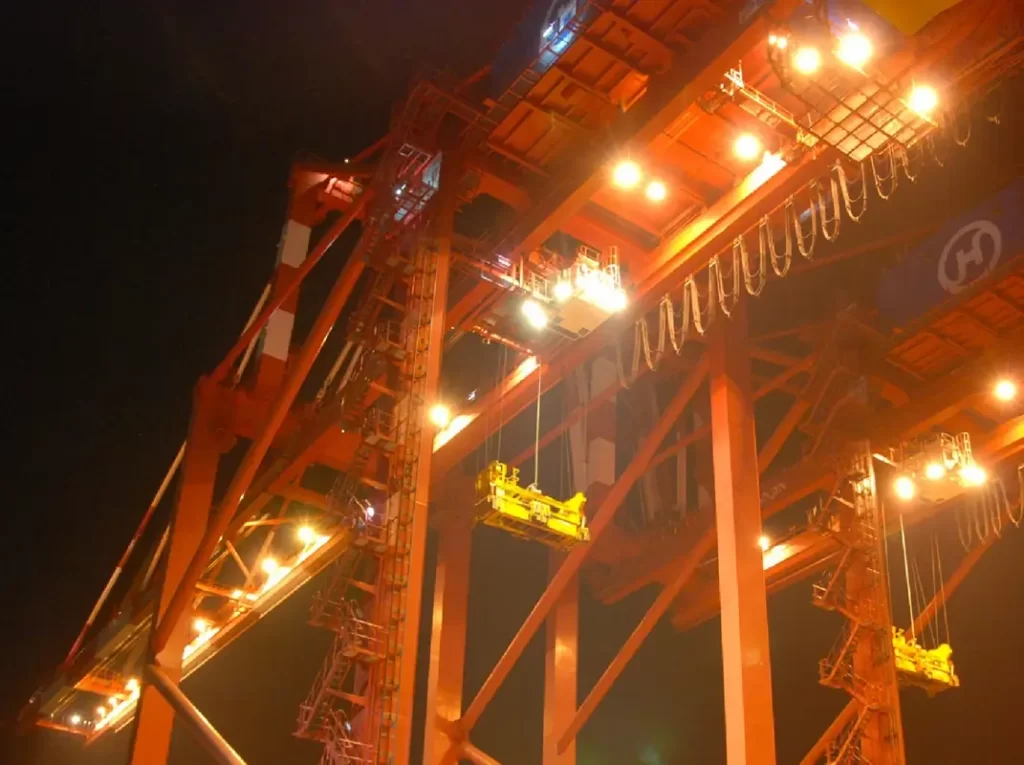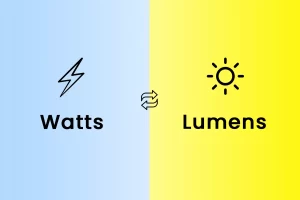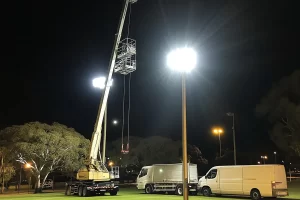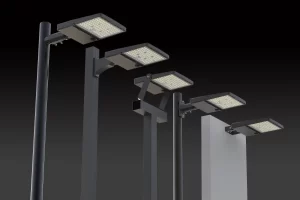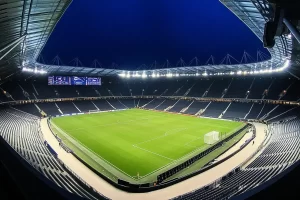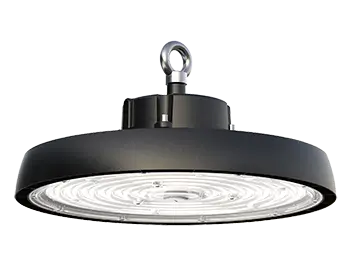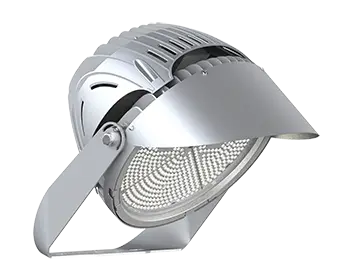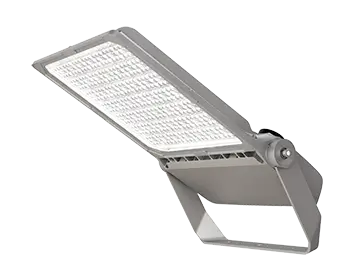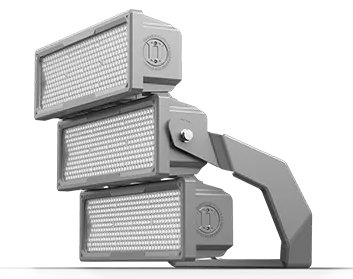Light Emitting Diode (LED) technology has revolutionized the lighting industry, offering more energy-efficient, durable, and versatile lighting solutions. In the world of sports and entertainment, specific lighting solutions like LED sports lighting and LED stadium lighting play a crucial role in enhancing the experience for players and spectators alike. This article delves into the key differences between these two types of LED lighting.
Overview of LED Sports Lighting
LED sports lighting is designed to cater to the needs of various sports activities. These lights provide optimal illumination for players, ensuring that the playing field is well-lit for maximum visibility and performance.
Overview of LED Stadium Lighting
LED stadium lighting, on the other hand, focuses on illuminating large arenas and stadiums. These lights are not only responsible for lighting up the playing field but also for enhancing the overall ambiance of the stadium for spectators.
Comparative Analysis: LED Sports Lighting vs LED Stadium Lighting
The terms “LED sports light” and “LED stadium light” are often used interchangeably, but they can refer to slightly different types of lighting solutions used in sports-related contexts. Here are the key differences:
Purpose and Usage:
LED Sports Lights: These are designed for a wide range of sports applications, not just large-scale venues. They can be used in smaller arenas, indoor sports halls, community sports centers, and outdoor sports fields. Their adaptability makes them suitable for various sports events at different scales.
LED Stadium Lights: As the name suggests, these are specifically designed for stadiums. They are used in large outdoor or indoor arenas where professional sports events are held. These lights are engineered to cover large areas and are often used in international sports stadiums and large-scale event venues.
Light Intensity and Coverage:
LED Sports Lights: These lights provide adequate illumination for the size of the area they are intended to light. They are often less intense than stadium lights, focusing on providing a balanced lighting solution for smaller or medium-sized sports facilities.
LED Stadium Lights: These are typically more powerful with higher lumen output to cover the larger areas of a stadium. They are designed to ensure uniform lighting across the entire playing field, minimizing shadows and glare, which is crucial for both players and broadcast quality.
Design and Features:
LED Sports Lights: The design can vary greatly depending on the specific application. They might include features like adjustable angles, different mounting options, and varying levels of weather resistance.
LED Stadium Lights: They often have more specialized features like anti-glare technology, high color rendering index (CRI) for broadcast compatibility, and robust weatherproofing. These lights are also designed to minimize light pollution and spill light outside the intended area.
Energy Efficiency and Cost:
Both types of lights are generally energy-efficient and have a long lifespan, characteristic of LED technology. However, the cost can vary based on the scale and specific requirements of the lighting system. Stadium lights, given their larger scale and advanced features, can be more expensive compared to standard sports lights.
Installation and Maintenance:
LED Sports Lights: Typically easier and less costly to install and maintain due to their smaller size and less complex design. Maintenance can often be handled by local facility staff, reducing the need for specialized technical support.
LED Stadium Lights: Installation is more complex and often requires specialized equipment and expertise, reflecting in higher installation costs. Maintenance demands are higher, necessitating skilled technicians, especially because of the lights’ height and the sophisticated technology involved.
Lighting Control and Flexibility:
LED Sports Lights: May offer basic control systems for on/off functionality and sometimes dimming, depending on the model and make. Flexibility in terms of light positioning and focus, catering to different sports and events in smaller venues.
LED Stadium Lights: Advanced control systems are often integrated, including programmable settings, remote operation, and the ability to create dynamic lighting effects. Precision in light control is crucial for televised events, ensuring optimal lighting for various broadcast conditions.
Environmental Impact and Compliance:
LED Sports Lights: Generally have a lower environmental impact due to their lower power consumption. Compliance with local lighting regulations is usually straightforward, as they are less likely to cause issues like light pollution in residential areas.
LED Stadium Lights: While energy-efficient, their large scale means their overall environmental impact can be significant. Must often comply with more stringent regulations regarding light pollution, especially in urban areas or near residential zones.
Scalability and Adaptability:
LED Sports Lights: Easily scalable for different sizes of sports facilities, offering a range of products to fit various needs. Adaptable to different sports environments, from indoor courts to outdoor fields, without significant changes in infrastructure.
LED Stadium Lights: Scalability involves significant planning and investment, as increasing the number of lights or changing their configuration can be a major undertaking. Less adaptable to different environments; typically designed for a specific stadium’s architecture and lighting requirements.
User Experience and Spectator Comfort:
LED Sports Lights: Designed to enhance the experience of athletes and spectators in smaller venues, with a focus on visibility and safety. The intensity and distribution of light are optimized for comfort, reducing eye strain and improving the overall viewing experience.
LED Stadium Lights: High importance is placed on creating an immersive experience for large crowds, with lighting that enhances the spectacle of professional sports. Special attention to reducing glare and ensuring that the lighting enhances the live and broadcasted viewing experience, crucial for high-profile events.
In conclusion, while both LED sports lights and LED stadium lights share some common benefits of LED technology, such as energy efficiency and long lifespan, they differ significantly in terms of their application, design, installation, control systems, and overall impact on the environment and user experience. The choice between them is guided by the scale of the venue, the level of sporting events, and specific requirements such as broadcast compatibility and spectator comfort.


